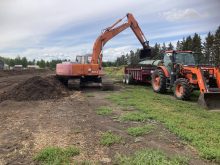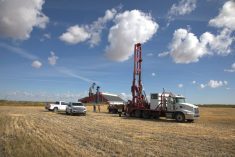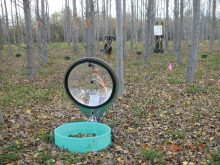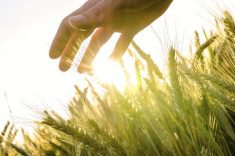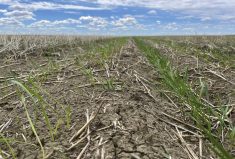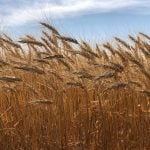With fertilizer prices through the roof, everyone and their dog is advising farmers to soil test like never before.
But assessing your soil isn’t a simple business.
“Soil potential is going to be determined by organic matter, cation exchange process, pH and the soil nutrients that are available, electrical conductivity and base saturation,” said Rachelle Farrell, a precision agronomist with Croptimistic Technology.
“Your samples will be your recommendation for all applications, fertilizer amendments and applied herbicides. You want to make sure you have an accurate base to start from.”
Read Also

Calgary based ag-tech company signs partnership to bring next-generation micronized elemental sulphur technology to the UAE
Sultech Global signed an agreement with ADNOC Sour Gas to bring micronized elemental sulphur to the UAE.
So that means you should carefully plan your sampling, the Gibbons-based agronomist said during a special edition of the recent Agronomy Update conference called Back to Agronomy Basics.
For example, in fall that means waiting until the crop is off (but before any fertilizer has been applied) and it’s below -5 C (when microbes aren’t very active).
If you didn’t sample in fall, then it gets a bit tricky as you’ll need the soil to be dry in spring and you’ll have to factor in a lab’s turnaround time.
When you get into the field, make sure tools are clean and rust free (rust will throw off iron levels) and be careful where you are probing.
“If you hit wildlife feces, it will throw out your phosphate and possibly your potassium number as well,” said Farrell. “Pay attention when you are in the field, and watch where those cores are going.”
And leave the snacks in the truck — crumbs can contaminate a sample.
Next, have a game plan.

“Know what you’re sampling for,” she said. “Are you sampling for mobile nutrients, like nitrogen or sulphate?”
If so, you might want to take your sample down to 12 inches. If you’re sampling for immobile nutrients (such as potassium or phosphate), you’ll be able to capture those nutrients in the first six or eight inches of the soil.
And think twice about where to take a sample.
“We’re using our soil samples mainly for fertility recommendations as well as soil amendments or soil-applied herbicide,” said Farrell. “You really want to make sure you’re capturing a good idea of what’s happening in the field.”
So a sandy ridge might have extra potassium while a saline area could have excess nutrients of all sorts. If you have access to field imagery, that can be useful in picking sampling locations.
Now that you’ve got clean tools, figured out where the sampling spots will be, and left the bag of chips in the vehicle, it’s time to determine what method of sampling to use.
Turns out, there are several to choose from.
“It’s going to be critical to decide what method you want to use,” said Farrell. “How the fields will be managed will be a big factor in that. Will it all be treated as one area, or do growers use variable rate or something like that?”
The main method is called random composite sampling, where cores taken at random locations in a field are mixed into one sample to represent the whole field. (Again, avoid unrepresentative areas such as saline patches along a slough.)
Benchmark sampling is a less common method. It involves taking samples from a small area deemed to be representative of the entire field.
“It’s going to be pretty tricky to identify one small area that might represent a whole field,” she said.
However, recording its exact location with GPS allows the same site to be sampled year after year to capture how soil nutrient levels are changing.
A third method is zone-based soil sampling where samples are grouped according to soil properties. This method analyzes zones in the field, and about 10 samples are taken and sent to the lab.
Grid sampling is a fourth method. Typically, 2-1/2-acre grids are used and while it provides good results, it is costly and time consuming as it requires about 18 samples, said Farrell, adding sampling depth must be consistent.
Once you’ve done your sampling, you’re still not quite done.
“If you take 20 cores across your field, it’s a really big sample,” she said. “You want to make sure it’s mixed really well and you’re sending in a representative sample to the lab.”
Finally, keep your samples cool and get them off to the lab as soon as possible.
“You are really making long-term investments based on the samples,” she said. “Take your time, plan ahead and think of how you will be managing it.”
Visit the Alberta Agriculture website for an online resource on soil sampling.




